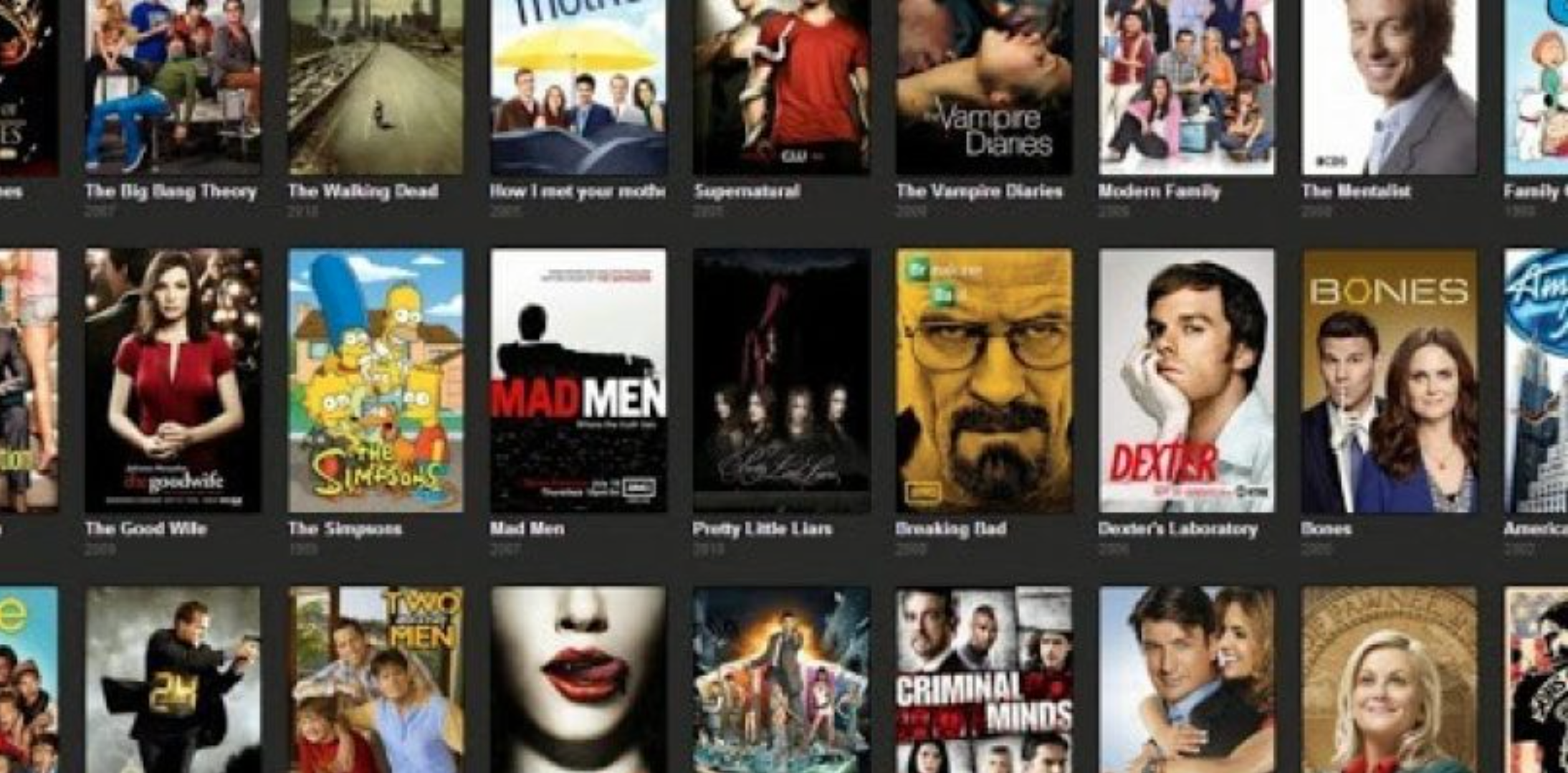History is a fascinating subject that offers a wealth of knowledge about our past, shaping our understanding of the present and future.
However, studying history can be a daunting task due to its vastness and complexity.
This article provides a comprehensive self-study map for history, offering strategies, resources, and tips to make your learning journey more manageable and enjoyable.
Self-Study Map for History
- Introduction to History: Understand the importance, methods, and branches of historical study.
- Ancient Civilizations: Explore Mesopotamia, Egypt, Indus Valley, and Ancient China.
- Classical Antiquity: Dive into Ancient Greece, Rome, and Persian Empires.
- Medieval History: Study the Early, High, and Late Middle Ages in both Europe and the broader world.
- Renaissance and Reformation: Explore the rebirth of art and science, and religious transformations.
- Age of Exploration: Understand global explorations, conquests, and early colonialism.
- Industrial Revolution: Grasp the rapid technological and societal changes in the 18th and 19th centuries.
- World Wars Era: Study the causes, progress, and impact of both World Wars.
- Cold War: Understand the geopolitical tension between the West and the East.
- Modern Global History: Dive into late 20th-century to 21st-century global events.
- Regional Histories: Explore specifics like African, Asian, American, and European histories.
- Thematic History: Study areas like women’s history, intellectual history, or the history of science.
- Historiography: Understand how history is written and the philosophy behind it.
- Archival Research: Familiarize with primary source research in archives and repositories.
- Oral Histories: Learn techniques for collecting and interpreting personal historical accounts.
- Digital History: Explore tools and methodologies using digital resources and databases.
- Debates and Controversies: Engage with disputed topics and interpretations in historical study.
- Document Analysis: Develop skills in analyzing, interpreting, and critiquing historical texts.
- Field Visits: Visit museums, historical sites, and landmarks.
- Read Historical Journals: Stay updated with the latest research, discoveries, and theories.
- Join History Discussions: Engage in forums, workshops, and seminars.
- Continuous Learning: History is expansive; always be open to exploring unfamiliar periods or regions.
Table of Contents
Understanding the Importance of Studying History
Before diving into the self-study map, it’s crucial to understand why studying history is important.
History provides context for our current world, helping us understand why societies are the way they are.
It also teaches critical thinking skills, as historians must analyze sources and interpret events.
Furthermore, history offers valuable lessons about human nature and decision-making, which can be applied in various fields and everyday life.
Creating a Self-Study Map for History
A self-study map is a structured plan that guides your learning process.
It includes what you want to learn, how you plan to learn it, and how you’ll measure your progress. Here’s how to create a self-study map for history:
1. Define Your Learning Objectives
Start by identifying what you want to learn. Are you interested in a specific period, region, or theme?
Do you want to gain a general overview or delve into a particular topic? Your learning objectives will guide your study plan and help you stay focused.
2. Choose Your Resources
Next, select the resources you’ll use. These can include textbooks, online courses, documentaries, podcasts, and primary sources.
Make sure to choose reliable sources that provide accurate and comprehensive information.
3. Create a Study Schedule
Set a regular study schedule that fits your lifestyle. Consistency is key in self-study, so try to dedicate a specific time each day or week to studying history.
This will help you build a study habit and make progress steadily.
4. Monitor Your Progress
Finally, find ways to measure your progress. This could be through quizzes, writing essays, or discussing what you’ve learned with others.
Monitoring your progress will help you identify areas where you need to improve and keep you motivated.
Effective Strategies for Studying History
Studying history requires more than just memorizing dates and events. It involves understanding contexts, analyzing sources, and making connections.
Here are some effective strategies for studying history:
1. Active Reading
Active reading involves engaging with the text, asking questions, making notes, and summarizing information.
This helps improve comprehension and retention.
2. Analyzing Primary Sources
Primary sources provide firsthand accounts of historical events.
Analyzing these sources can help you understand the perspectives of people who lived during that time and gain insights that aren’t available in textbooks.
3. Making Connections
History isn’t just a series of isolated events.
Try to connect what you’re learning to broader themes, other historical periods, and current events.
This will deepen your understanding and make your learning more meaningful.
Summary – Self-Study Map for History
Studying history can be a rewarding experience that enhances your understanding of the world and develops your critical thinking skills.
A self-study map can guide your learning process, making it more structured and manageable.
Start by defining your learning objectives, then choose your resources, create a study schedule, and monitor your progress.
Employ effective study strategies such as active reading, analyzing primary sources, and making connections.
Remember, the journey of studying history is as important as the destination, so enjoy the process of discovery and learning.
FAQs on Self-Study Map for History
1. What is a self-study map for history?
A self-study map for history is a structured plan that guides your learning process in history.
It includes your learning objectives, resources, study schedule, and methods to monitor your progress.
2. Why is studying history important?
Studying history provides context for our current world, teaches critical thinking skills, and offers valuable lessons about human nature and decision-making.
3. How do I start creating a self-study map for history?
Start by defining your learning objectives. Then choose your resources, create a study schedule, and find ways to monitor your progress.
4. What resources can I use for studying history?
You can use textbooks, online courses, documentaries, podcasts, and primary sources.
Make sure to choose reliable sources that provide accurate and comprehensive information.
5. How can I effectively study history?
Use strategies such as active reading, analyzing primary sources, and making connections.
These will help you understand contexts, analyze sources, and make your learning more meaningful.
6. How can I monitor my progress in studying history?
You can monitor your progress through quizzes, writing essays, or discussing what you’ve learned with others.
This will help you identify areas where you need to improve and keep you motivated.
7. How can I make my learning of history more meaningful?
Try to connect what you’re learning to broader themes, other historical periods, and current events.
This will deepen your understanding and make your learning more meaningful.
8. What is active reading?
Active reading involves engaging with the text, asking questions, making notes, and summarizing information.
This helps improve comprehension and retention.
9. What are primary sources?
Primary sources provide firsthand accounts of historical events.
They can include letters, diaries, speeches, photographs, and official documents.
10. How can I build a study habit for history?
Set a regular study schedule that fits your lifestyle.
Consistency is key in self-study, so try to dedicate a specific time each day or week to studying history.
Summary – Self-Study Map for History
Studying history can be a rewarding experience that enhances your understanding of the world and develops your critical thinking skills.
A self-study map can guide your learning process, making it more structured and manageable.
Start by defining your learning objectives, then choose your resources, create a study schedule, and monitor your progress.
Employ effective study strategies such as active reading, analyzing primary sources, and making connections.
Remember, the journey of studying history is as important as the destination, so enjoy the process of discovery and learning.
Related
- Self-Study Map for Statistics
- Self-Study Map for Mathematics
- Self-Study Map for Computer Science
- Self-Study Map for Psychology
- Self-Study Map for Nursing
- Self-Study Map for Business Administration
- Self-Study Map for Pharmacy
- Self-Study Map for Mechanical Engineering
- Self-Study Map for Civil Engineering
- Self-Study Map for Electrical Engineering
- Self-Study Map for Sociology
- Self-Study Map for Physics
- Self-Study Map for Philosophy
- Self-Study Map for Chemistry
- Self-Study Map for Political Science
- Self-Study Map for Communication Studies
- Self-Study Map for Education
- Self-Study Map for Marketing
- Self-Study Map for Accounting
- Self-Study Map for Music
- Self-Study Map for Law
- Self-Study Map for Medicine
- Self-Study Map for Drama and Theater Studies
- Self-Study Map for Anthropology
- Self-Study Map for Art History
- Self-Study Map for Environmental Science
- Self-Study Map for English Literature


